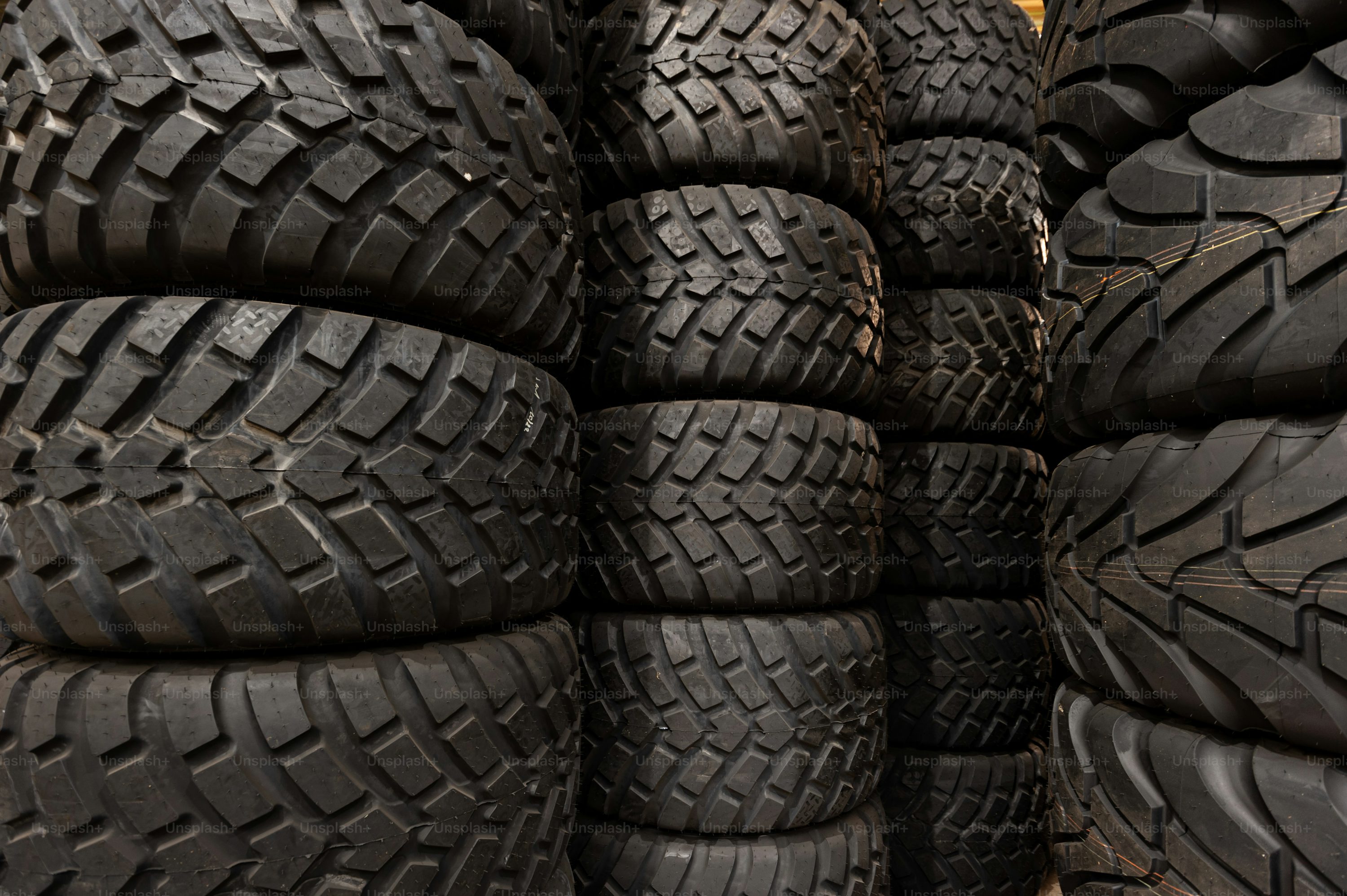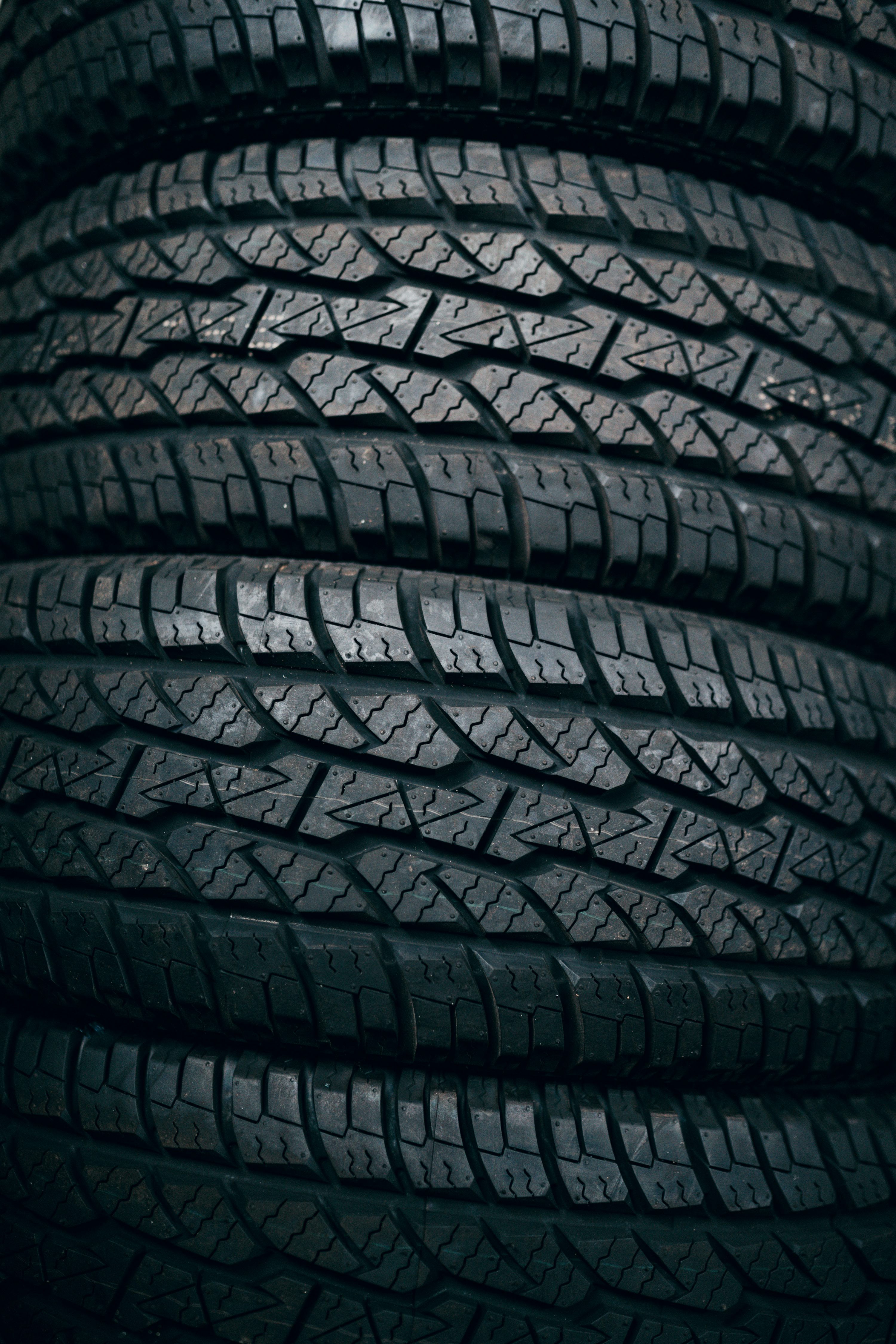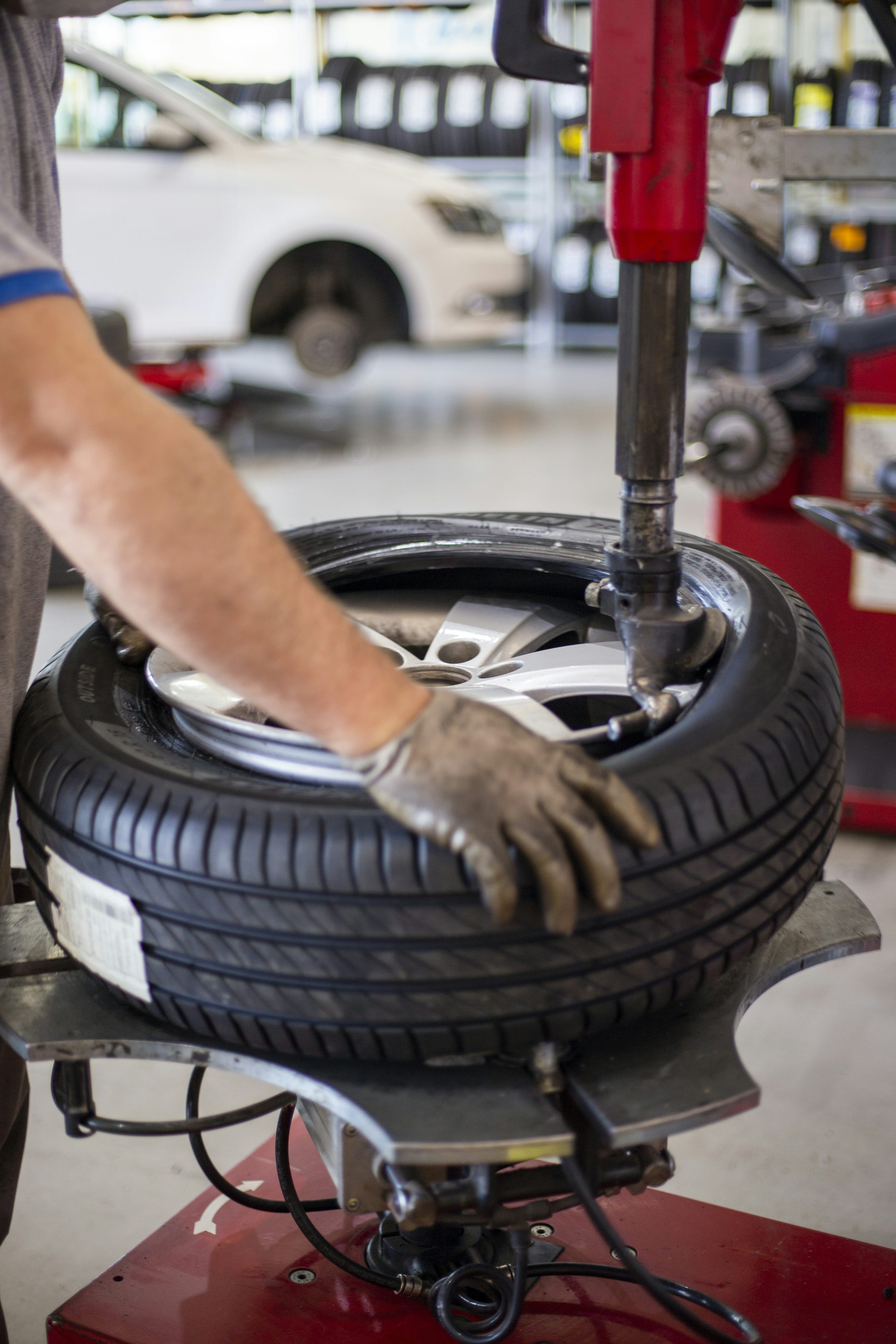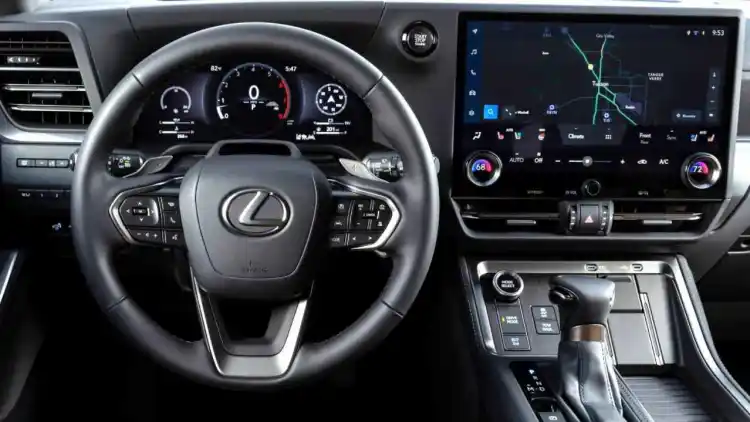- Main Differences Between 225 and 235 Tires
- How Tire Width Affects Your Driving Experience
- When to Choose 225 vs 235 Tires
- FAQ
Deciding between 225 and 235 tires? Knowing the difference is key to your car's performance and comfort. Let's explore what sets them apart.
Main Differences Between 225 and 235 Tires
Tire Width and Appearance
When we talk about tire size like "225" or "235," the first number tells us the tire's width in millimeters. This is called the 'section width.' It's the measurement from one outer sidewall to the other. Let's look at the specific measurements for these two common sizes:
225 tires:These tires are 225 millimeters wide across their tread face. They offer a balanced look and usually come as standard equipment on many types of vehicles.
235 tires:These tires measure 235 millimeters wide. This means they are 10 millimeters wider than the 225 size. While 10mm might not sound like a huge difference, it can clearly be seen when comparing the tires side-by-side on a vehicle. The 235 tires often give a car a more 'aggressive' or 'sporty' appearance because of their broader stance.
This extra 10mm of width means the 235 tire has a slightly larger 'contact patch' – that's the area of the tire that actually touches the road at any given moment. Specifically, a 235 tire increases this contact by about 4% compared to a 225 tire. A larger contact patch usually means better grip, especially on dry roads, giving you more confidence when turning or braking. However, it also means more rolling resistance, which can affect fuel economy.
Performance Comparison
Choosing between 225 and 235 tires also means considering how each size will affect your car's performance in different ways. Here's a breakdown of key performance areas:
Feature | 225 Tires | 235 Tires |
|---|---|---|
Fuel Efficiency | Generally better. Narrower tires have less rubber touching the road, which means less 'rolling resistance.' Your engine doesn't have to work as hard to keep the car moving, leading to slightly better fuel economy. While the difference might be small, it can add up over time, especially for daily drivers. | Slightly reduced. Wider 235 tires create more rolling resistance due to their larger contact patch. This increased resistance means your engine needs more energy to maintain speed, which can result in a small but noticeable decrease in your car's fuel efficiency compared to 225 tires. |
Ride Comfort | Often smoother and more comfortable. If the overall tire height (diameter) is similar, 225 tires may have a slightly taller sidewall. This extra sidewall height acts like a cushion, absorbing more bumps and road imperfections. This leads to a softer, more forgiving ride, which many drivers prefer for daily commuting or long journeys. | Can provide enhanced road feedback but might feel firmer. With a wider tread and potentially a slightly shorter sidewall (if overall diameter is kept the same on a larger rim), 235 tires can transfer more of the road's textures and bumps directly to the cabin. This can make the ride feel a bit stiffer for some, though others might prefer the more connected feeling to the road. |
Snow Traction | Standard and often better in light to moderate snow. A narrower tire can 'dig in' and cut through fresh snow more effectively to find grip on the pavement below. This allows for better traction and control in challenging winter conditions, reducing the chance of slipping or sliding. | May require deeper tread or specific winter patterns to perform well. A wider 235 tire tends to 'float' on top of the snow rather than cutting through it, which can reduce traction and control. For better snow performance with 235 tires, you generally need dedicated winter tires with specialized tread patterns designed to grip snow and ice. |
Price Range | Generally offer more budget-friendly options. Due to using less material and often being produced in higher volumes as common original equipment sizes, 225 tires are typically more affordable. You might find a good quality 225 tire ranging from 300 AED/SAR to 600 AED/SAR depending on the brand and type. | Generally 5-15% pricier. Because they use more rubber and materials, and are sometimes seen as a 'performance' upgrade, 235 tires tend to cost a bit more. The price difference can vary but expect a comparable 235 tire to be somewhere between 330 AED/SAR and 700 AED/SAR, depending on the brand, quality, and specific features. |
How Tire Width Affects Your Driving Experience
Beyond size and basic performance, tire width plays a big role in how your car handles on the road. It affects everything from how quickly you can stop to how stable your car feels around a turn.
Acceleration and Braking
The 10-millimeter difference in width between 225 and 235 tires can noticeably change how your car accelerates and brakes. A wider 235 tire has a larger surface area in contact with the road. This means more grip, which can lead to better traction when you hit the gas, allowing for quicker acceleration. When you brake, that extra grip can also translate to shorter stopping distances on dry pavement, as there's more friction to slow down the vehicle.
However, this advantage can turn into a disadvantage in wet conditions. Wider tires, especially 235s, are more prone to 'hydroplaning.' This happens when a layer of water builds up under the tire's contact patch, causing the tire to lose grip with the road. The wider the tire, the more water it needs to push away, increasing the risk of hydroplaning and potentially extending stopping distances in heavy rain.
When it comes to cornering, the extra width of a 235 tire gives your car a more stable feel. It helps reduce tire 'flex' or 'roll,' especially during quick turns or lane changes. This can make the car feel more planted and responsive, particularly at higher speeds or on winding roads.
Compatibility With Rims
One of the most important things when considering a tire size change is ensuring the new tire is compatible with your car's wheel rims. Your car's rims have a specific width, measured in inches. Putting a tire that's too wide or too narrow on a rim can be unsafe and affect how your car handles. Here are the general recommendations:
225 tires:These tires typically fit rims that are between 7.0 and 8.5 inches wide. This range allows the tire to sit properly on the rim, ensuring good performance and even wear. Many standard vehicle rims fall within this range.
235 tires:These wider tires usually need rims that are between 7.5 and 9.0 inches wide. Trying to fit a 235 tire on a rim narrower than 7.5 inches can make the tire bulge too much, affecting stability and causing uneven wear. Conversely, a rim wider than 9.0 inches might stretch the tire too much, which can also be unsafe.
Always check your vehicle's owner's manual or consult a tire professional. They can provide specific recommendations to ensure a safe and proper fit for your car.
When to Choose 225 vs 235 Tires
Choosing between 225 and 235 tires often comes down to the type of vehicle you drive and your specific driving needs. Both sizes have their advantages for different styles of cars and drivers.
Best Suited Vehicles
225 tires are often best for:
Compact cars and hybrids:These vehicles are generally designed for fuel efficiency and comfortable city driving. The narrower 225 tires help achieve better fuel economy and a smoother, quieter ride, making them ideal for daily commutes and urban environments where sharp handling isn't the primary concern.
City commuters:If most of your driving involves city streets, stop-and-go traffic, and lower speeds, 225 tires are usually the better choice. They offer sufficient grip for everyday conditions and provide a comfortable riding experience.
235 tires are often best for:
Crossovers and mid-size SUVs:These larger vehicles benefit from the increased stability and load-carrying capacity that wider 235 tires offer. The extra grip helps handle their weight and higher center of gravity, especially when loaded with passengers or cargo, making them feel more secure on the road.
Sports sedans and performance vehicles:If you enjoy a more spirited driving experience or own a car designed for performance, the 235 tires’ enhanced grip and cornering stability can significantly improve handling and responsiveness. They allow for more confident maneuvers and better control, especially at higher speeds or on winding roads.
Replacement Considerations
Before you decide to switch tire sizes, there are several important things to consider. It's not just about the tire fitting on the rim; it's also about it fitting on your car safely and correctly, and not affecting other vehicle systems.
Always consult your vehicle's owner's manual:This is your primary source of information. It will list the recommended tire sizes for your specific make and model. Deviating too much from these recommendations can lead to problems.
Wheel well clearance:Wider 235 tires might simply rub against your car's wheel wells or suspension components, especially when turning or going over bumps. This can cause damage to the tire, your car, and can be very unsafe. In some cases, you might even need to make changes to your car's suspension system or fender liners to accommodate the wider tires, which can be costly and complicated.
Speedometer accuracy:Changing the overall diameter of your tires (which can happen when changing width and aspect ratio) will affect your speedometer reading. If the new tires have a larger overall diameter, your speedometer will read slower than your actual speed, which is a safety concern and can lead to speeding tickets. You might need to have your car's computer recalibrated by a professional mechanic.
Vehicle warranty:Installing tires that are not approved by the manufacturer could potentially void parts of your vehicle's warranty, especially if any issues arise that could be traced back to the tire change. Always clarify this with your dealership before making a change.
Professional installation:It is highly recommended to have any tire size changes assessed and installed by a qualified tire professional. They can ensure proper fit, balance, and alignment, and advise on any potential issues or necessary adjustments.
FAQ
Q:Can I replace 225 tires with 235 tires directly?
A: Not always, and it's essential to be very careful. While the 10mm difference in width isn't huge, it can still cause problems. You must first check if your existing wheel rims are wide enough to safely handle the 235 tires, as 235 tires generally require a wider rim. More importantly, you need to ensure there is enough space (clearance) within your car's wheel wells when the suspension moves or when you turn the steering wheel. On some cars, the wider tires might rub against the fender liners, suspension parts, or brake lines. This can be dangerous and cause damage. It's best to consult your car's manual or a skilled tire expert before making such a change.
Q:Do 235 tires make my speedometer inaccurate?
A: Yes, it is very possible. When you change tire sizes, especially if the new tires have a different overall diameter (how tall the tire and wheel combination is), it will affect your speedometer reading. A 235 tire, even if it's generally wider, might also have a different 'aspect ratio' (the second number in the tire size, like '55' in '225/55R17'), which affects its overall height. If the new 235 tire setup results in a larger overall diameter than your original 225 tires, your speedometer will read lower than your actual speed. For example, if your speedometer shows 70 mph, you might actually be traveling at 72.3 mph or more. This misalignment can lead to speeding tickets and is a safety concern. Using an online tire size calculator can help you understand the precise difference, and you might need your car's computer re-calibrated by a mechanic.
Q:Which size is better for snowy areas?
A: For typical snow conditions, 225 tires often have an advantage. A narrower tire creates higher ground pressure, allowing it to cut through slush and soft snow more effectively to find grip on the road surface underneath. Wider tires, like the 235, tend to 'float' on top of the snow, which can reduce traction and make steering more difficult. However, this rule changes if you are talking about dedicated winter tires. If a 235 tire is a specific 'winter tire' with an aggressive tread pattern designed for snow and ice, it will generally perform much better in snowy conditions than an all-season 225 tire without such a design. Always prioritize tire type and tread design over just width for snowy conditions.
Note:Prices and specifications are approximate and may vary by brand/manufacturer. Always verify compatibility with certified professionals.
Read More:
Volkswagen Tiguan Review:Your Practical Family SUV Choice for 2025













